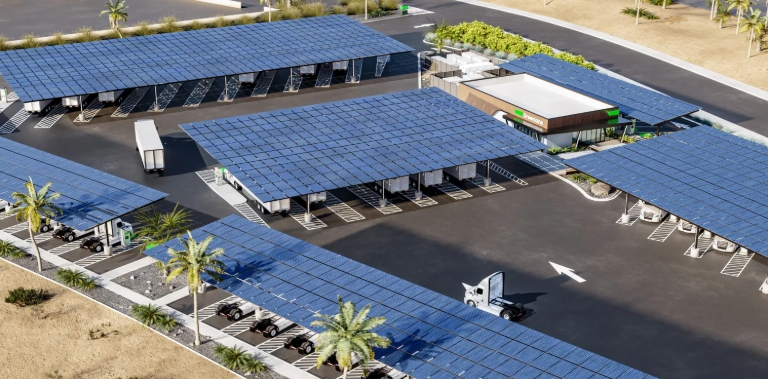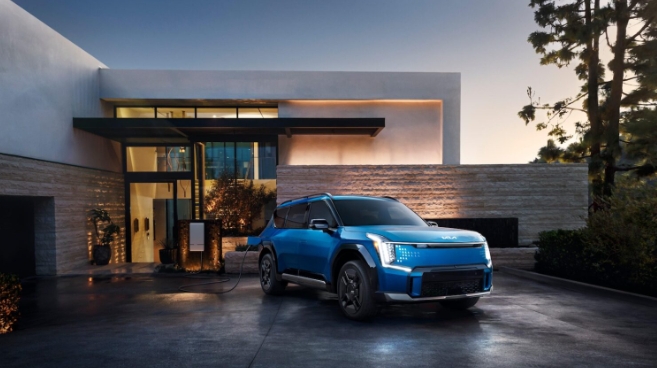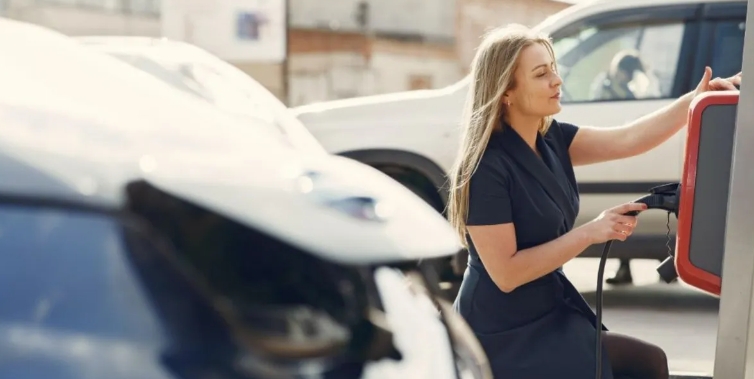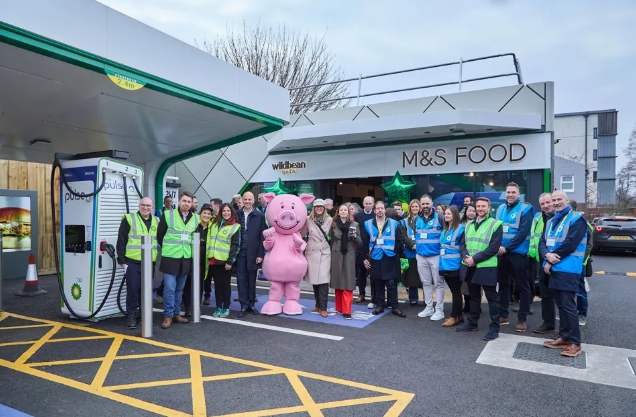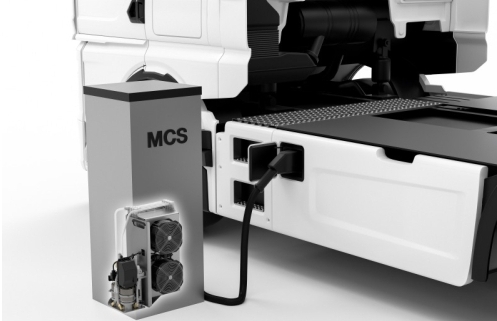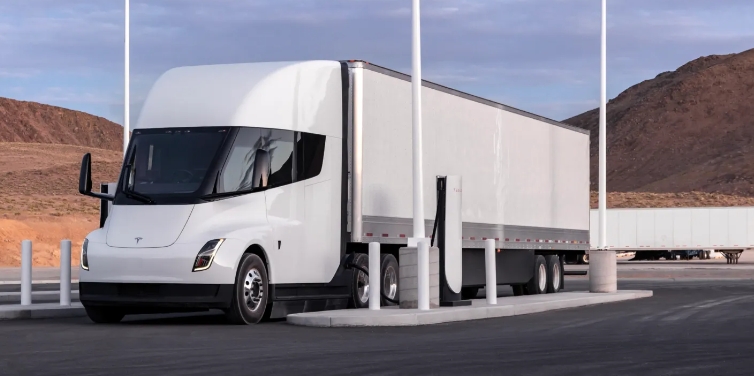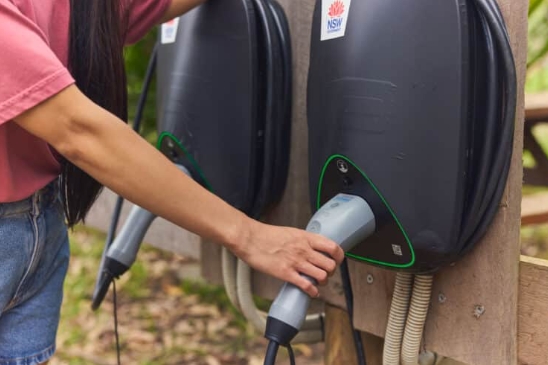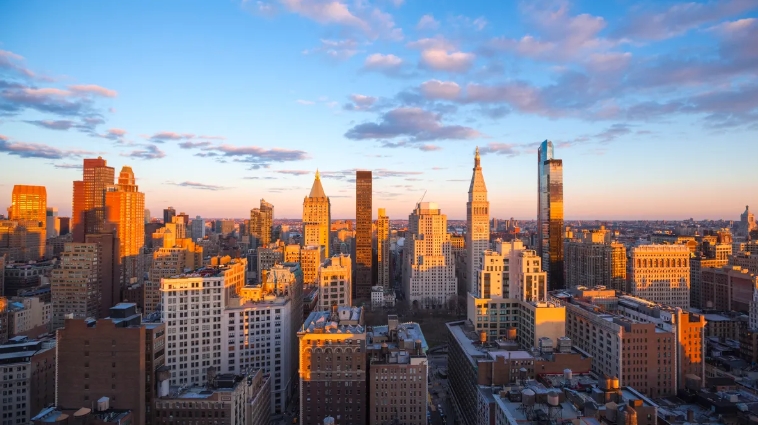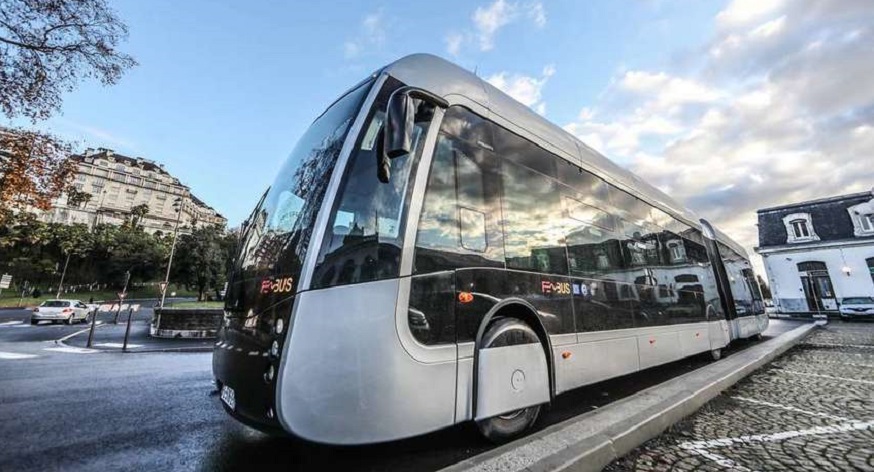
Hydrogen transit buses have entered service in Pau, a town in France located on the northern end of the Pyrenees Mountains. The fleet of buses powered by this clean fuel is the first in the world.
The total fleet consists of eight hydrogen buses.
The fleet, which was reportedly named after the French Count of Foix, is called the Bus Rapid Transit (BRT) system Fébus. It will include a total of eight hydrogen transit buses when all is said and done. For the time being, however, only six have entered service.
The buses are 18 meters long and were designed by Van Hool, a Belgian engineering company. They cost about €1.8 million each to make and look like a cross between a bus and a tram.
The buses will run along a 6-kilometer express line and serve 14 stations between Pau’s train station and the town’s hospital. Each bus can fit 125 people.
The majority of the route the hydrogen transit buses take is 85% protected lane.
For the most part, the buses will travel in their own designated lane, with roughly 85% of the route being a protected lane. What’s more, the buses will have the right of way at intersections. The reason for both the protected land and right of way at intersections is to keep commuter travel times as close to the same time as possible. Currently, the guaranteed journey time is about 17 minutes both in and out of peak hours.
The Fébus is powered by a hydrogen fuel cell. Each night, the vehicles are refueled at a hydrogen station that was custom-made for the bus fleet. The station utilizes solar-powered electrolyzers to generate up to 268kg of hydrogen per day.
According to Jean Marc Ducros, the director of alternative energies at Keolis, Pau is not the only town that will benefit from this clean transportation technology. Ducros said that there are plans to deploy the carbon-free vehicles in other regions in France and elsewhere in Europe.
